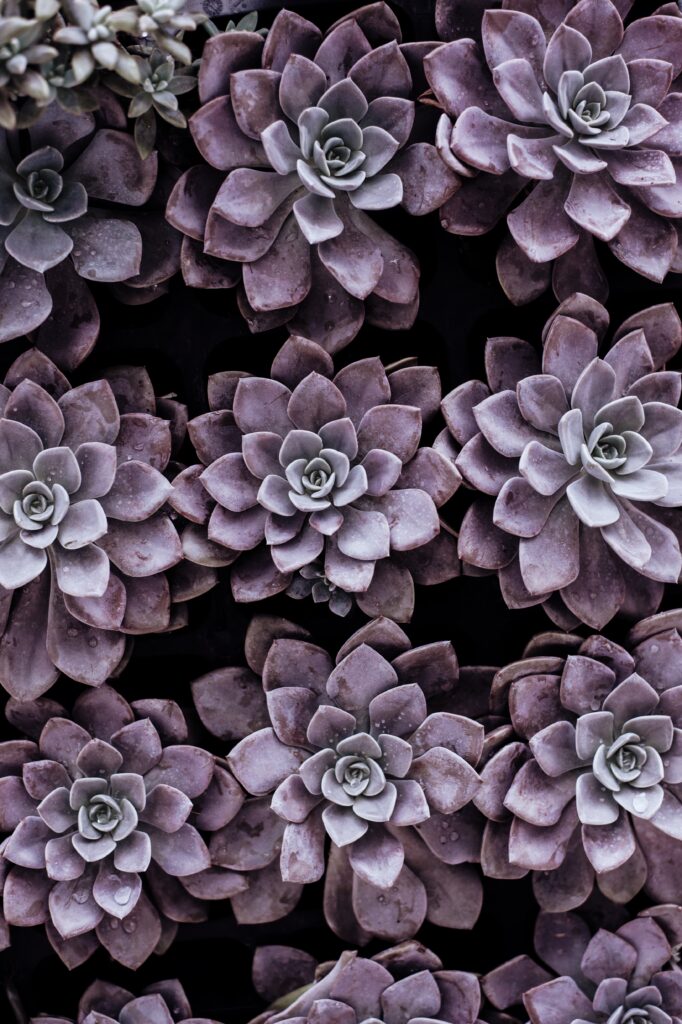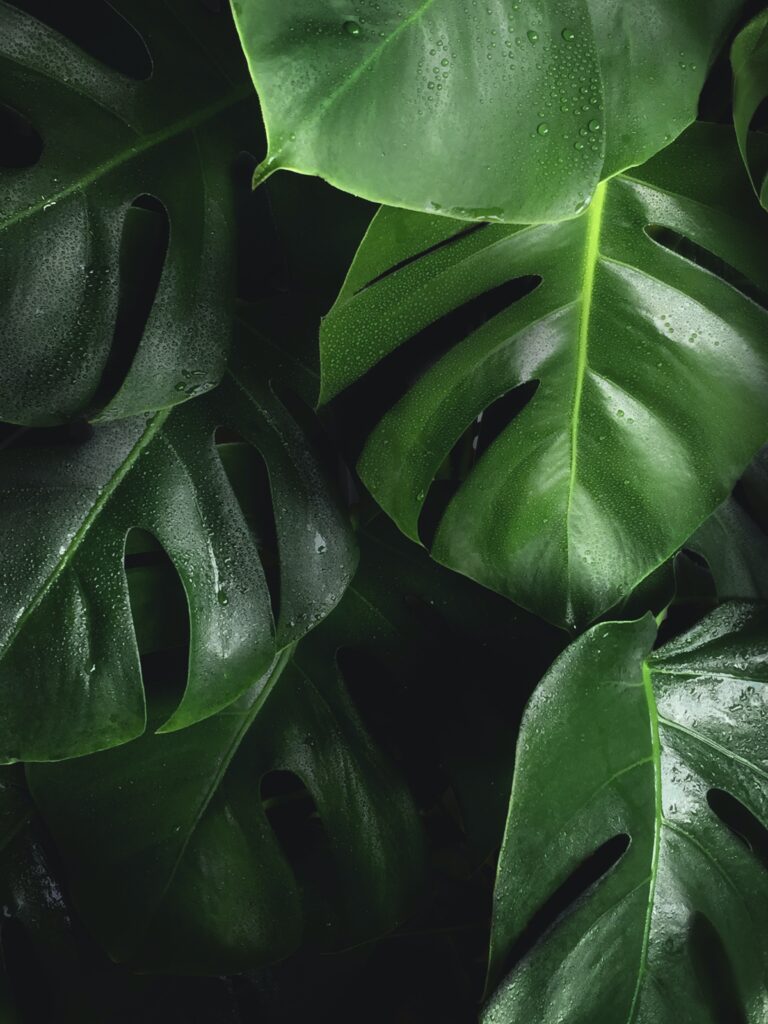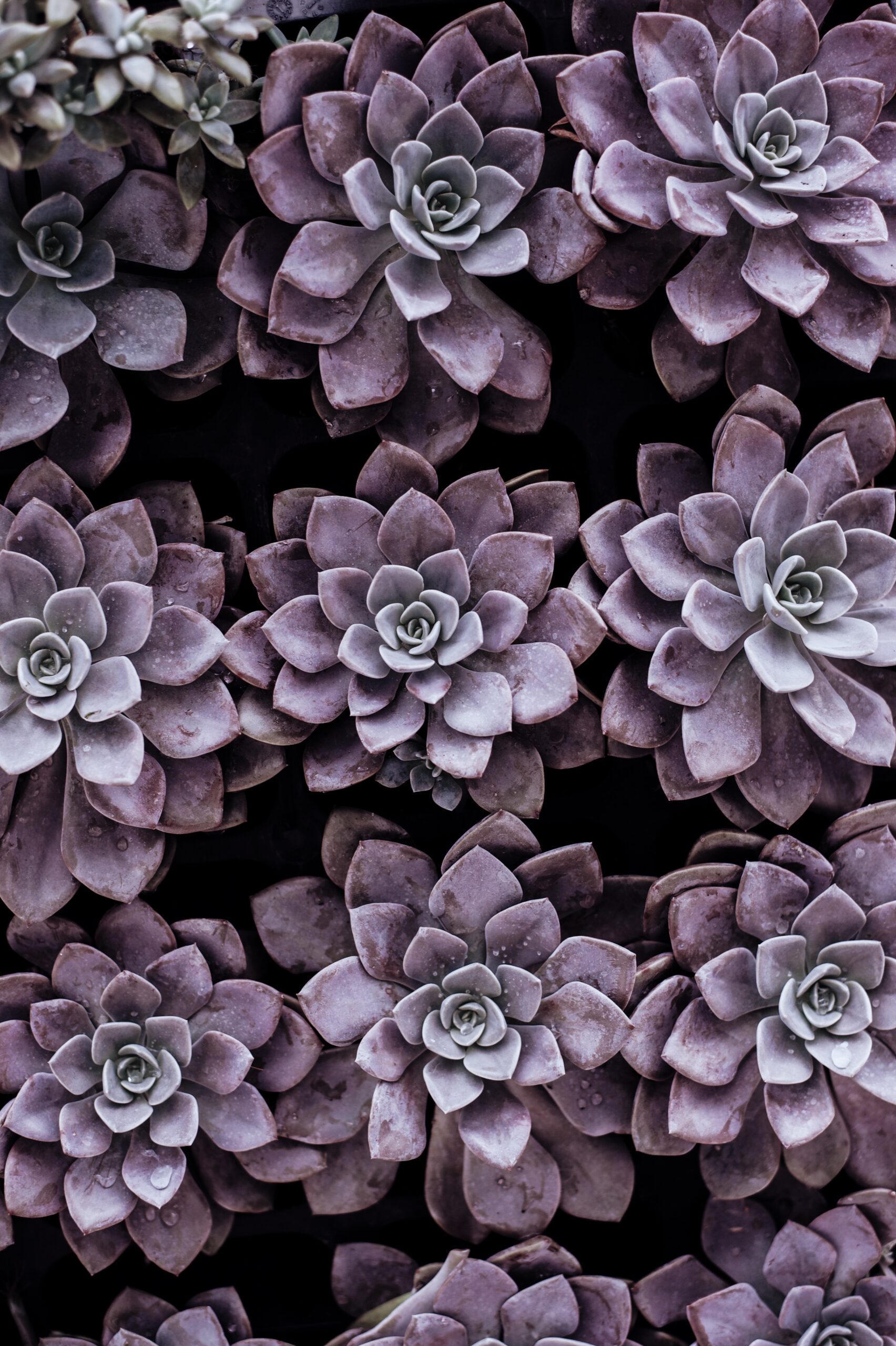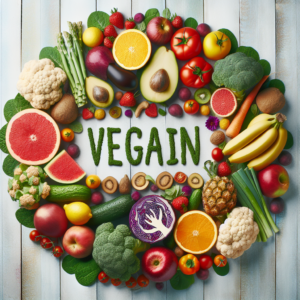Have you ever wished for a delicious and creamy topping that could satisfy your sweet tooth without any guilt? Look no further than the delightful creation known as Vegan Whipped Cream. This heavenly treat is the perfect alternative for those who prefer a plant-based lifestyle or have dietary restrictions. With its smooth texture and luscious taste, Vegan Whipped Cream is bound to become your new favorite guilt-free indulgence.
Vegan Whipped Cream

What is Vegan Whipped Cream?
Vegan whipped cream is a dairy-free alternative to traditional whipped cream that is made from plant-based ingredients. Unlike regular whipped cream, which is made from dairy cream that has been beaten until light and airy, vegan whipped cream is created using non-dairy milk, sweeteners, thickeners, and flavorings. It offers a similar texture and taste to traditional whipped cream, making it a suitable option for those who follow a vegan lifestyle or have dietary restrictions.
Why Choose Vegan Whipped Cream?
Ethical Considerations
One of the main reasons why people choose vegan whipped cream is due to ethical considerations. By opting for a dairy-free alternative, individuals can avoid supporting the exploitation of animals in the dairy industry. Many people choose a vegan lifestyle because they believe in treating all living beings with compassion and kindness. Vegan whipped cream allows individuals to enjoy a creamy and delicious topping without contributing to animal cruelty.
Health Benefits
Vegan whipped cream offers various health benefits compared to traditional whipped cream. Since it is made from plant-based ingredients, it is cholesterol-free, low in saturated fat, and contains no hormones or antibiotics that are often found in dairy products. It is also a great option for individuals who are lactose intolerant or have a dairy allergy. Additionally, vegan whipped cream can be made with healthier sweeteners and flavorings, providing a guilt-free indulgence.
Dietary Restrictions
Another reason why people choose vegan whipped cream is due to dietary restrictions. Many individuals follow a vegan or vegetarian diet, which excludes all animal products. Vegan whipped cream allows them to still enjoy the same creamy and fluffy texture as traditional whipped cream without compromising their dietary choices. It is also suitable for individuals who have allergies or intolerances to dairy, eggs, or gluten, as it can be made without these ingredients.
Ingredients for Vegan Whipped Cream
To make vegan whipped cream, you will need a few simple ingredients that can easily be found in most grocery stores:
Non-Dairy Milk
The base of vegan whipped cream is non-dairy milk. Some popular options include almond milk, coconut milk, soy milk, or oat milk. These milks provide the liquid component necessary for creating the desired whipped texture.
Sweeteners
To add sweetness, you can use natural sweeteners such as maple syrup, agave nectar, or coconut sugar. These alternatives provide a healthier option to refined white sugar and enhance the overall flavor of the whipped cream.
Thickeners
To achieve the light and fluffy texture of whipped cream, you will need a thickening agent. Popular choices include tapioca starch, arrowroot powder, or cornstarch. These thickeners help bind the ingredients and create the desired consistency.
Flavorings
To enhance the taste of the whipped cream, you can add vanilla extract or other natural flavorings such as cocoa powder, cinnamon, or almond extract. These flavorings can be customized to suit your personal preferences.
Stabilizers
Optional stabilizers such as cream of tartar or agar agar can be added to help maintain the shape and stability of the whipped cream. This is especially useful if you plan to use the whipped cream as a decorative topping for cakes or pastries.
Methods of Preparation
There are several methods you can use to prepare vegan whipped cream, depending on your preferences and the ingredients you have on hand. Here are a few popular methods:
Using Coconut Cream
One common method involves using the thick coconut cream that separates when a can of full-fat coconut milk is refrigerated. After refrigerating the can overnight, the cream is scooped out and whipped until light and fluffy. This method provides a rich and creamy whipped cream with a subtle coconut flavor.
Using Aquafaba
Aquafaba, the liquid found in a can of chickpeas, can also be used to make vegan whipped cream. The liquid is strained and whipped with sweeteners and flavorings until it reaches the desired consistency. Aquafaba creates a light and airy whipped cream that is versatile and can be flavored in various ways.
Using Nut Creams
Another method involves using nut creams made from cashews, almonds, or macadamia nuts. These nuts are soaked, blended with water, and strained to create a creamy base. The nut cream is then whipped with sweeteners and flavorings to achieve a smooth and fluffy texture.
Using Soy Milk
For those who prefer a soy-based whipped cream, soy milk can be used as the base. It is boiled to reduce the liquid content, then chilled and whipped with sweeteners and flavorings. Soy milk provides a creamy and silky texture that closely resembles traditional whipped cream.

Tips and Tricks
To ensure the best results when making vegan whipped cream, here are a few tips and tricks to consider:
Chilling Equipment and Ingredients
To achieve the desired whipped texture, it is crucial to chill your equipment and ingredients beforehand. Place your mixing bowl and whisk or beaters in the refrigerator for at least 15 minutes before starting. Additionally, ensure that your non-dairy milk and coconut cream have been chilled in the refrigerator prior to whipping.
Whipping Techniques
When whipping vegan whipped cream, start on low speed and gradually increase to high speed. This will help incorporate air into the mixture and create a light and fluffy texture. Be careful not to overwhip, as this can result in a grainy or curdled texture.
Adding Flavors
Experiment with different flavorings to customize your vegan whipped cream. Add a teaspoon of vanilla extract for a classic flavor, or mix in cocoa powder for a chocolatey twist. You can also add a pinch of cinnamon or a few drops of almond extract for a unique taste.
Achieving the Right Consistency
Getting the right consistency for your vegan whipped cream may require some trial and error. If the whipped cream is too thin, you can add additional thickeners such as tapioca starch or arrowroot powder. If it’s too thick, you can add a small amount of non-dairy milk to loosen it up. Adjust the consistency until it reaches the desired texture for your intended use.
Alternatives to Vegan Whipped Cream
If you’re unable to make your own vegan whipped cream or prefer a store-bought option, there are various non-dairy whipped toppings available in supermarkets. These products are often made from alternative ingredients such as coconut oil, rice syrup, or soy protein. They come in convenient spray cans or tubs and can be used as a quick and easy substitute for homemade vegan whipped cream.
Alternatively, you can make your own whipped toppings using alternative ingredients such as cashews, coconut milk, or silken tofu. Cashew cream is created by blending soaked cashews with water until smooth, while coconut milk cream involves refrigerating a can of full-fat coconut milk and scooping out the thick cream on top. Silken tofu cream is made by blending silken tofu with sweeteners and flavors until creamy and smooth.

Storing Vegan Whipped Cream
To store vegan whipped cream, place it in an airtight container and refrigerate. It will generally keep well for up to 5 days in the refrigerator. However, keep in mind that the texture may change slightly over time, so it’s best to consume it as soon as possible for optimal taste and consistency.
If you have excess whipped cream that you won’t be able to use within 5 days, you can store it in the freezer. Transfer it to a freezer-safe container and freeze for up to 3 months. Before using it, allow the whipped cream to thaw in the refrigerator overnight and then gently re-whip to restore the desired texture.
Using Vegan Whipped Cream in Recipes
Vegan whipped cream is a versatile ingredient that can be used in a wide range of recipes. Here are a few ideas to get you started:
Desserts
- Dollop vegan whipped cream on top of fruit salads or compotes for a refreshing and light dessert.
- Use it as a filling or topping for cakes, pies, or tarts to add a creamy and decadent element.
- Layer it with vegan pudding or mousse to create a delightful parfait.
- Top off vegan ice cream sundaes or milkshakes with a generous swirl of whipped cream for added indulgence.
Beverages
- Add a dollop of vegan whipped cream to hot cocoa or coffee for a creamy and luxurious touch.
- Use it as a garnish for vegan milkshakes or smoothies to enhance their aesthetic appeal.
- Float a spoonful of whipped cream on top of cocktails or mocktails for an elegant and flavorful presentation.
Breakfast Items
- Spread vegan whipped cream on pancakes, waffles, or French toast for a delectable and decadent morning treat.
- Swirl it into oatmeal or yogurt bowls to create a delicious and creamy breakfast option.
- Use it as a topping for vegan crepes or oatmeal pancakes to elevate their taste and texture.
Remember to get creative and experiment with different recipes and combinations. The versatility of vegan whipped cream opens up a world of possibilities for adding a creamy and delightful element to your favorite dishes.

Vegan Whipped Cream Brands
If you prefer the convenience of store-bought vegan whipped cream, there are several brands available to choose from. Some popular options include “So Delicious Dairy Free CocoWhip,” “Reddi-wip Non-Dairy Coconut Milk Whipped Topping,” “Trader Joe’s Coconut Whipped Topping,” and “Rich’s Whip Topping Non-Dairy.” These brands offer ready-made vegan whipped cream that can be found in the frozen or refrigerated section of most grocery stores.
Conclusion
In conclusion, vegan whipped cream is a delicious and cruelty-free alternative to traditional whipped cream. It offers a range of benefits, including ethical considerations, health benefits, and suitability for dietary restrictions. With simple ingredients and various preparation methods, it is easy to make your own vegan whipped cream at home. Whether you choose to make it from scratch or opt for a store-bought option, vegan whipped cream can add a creamy and delightful touch to your favorite recipes. So why not give it a try and experience the joy of vegan whipped cream for yourself?





